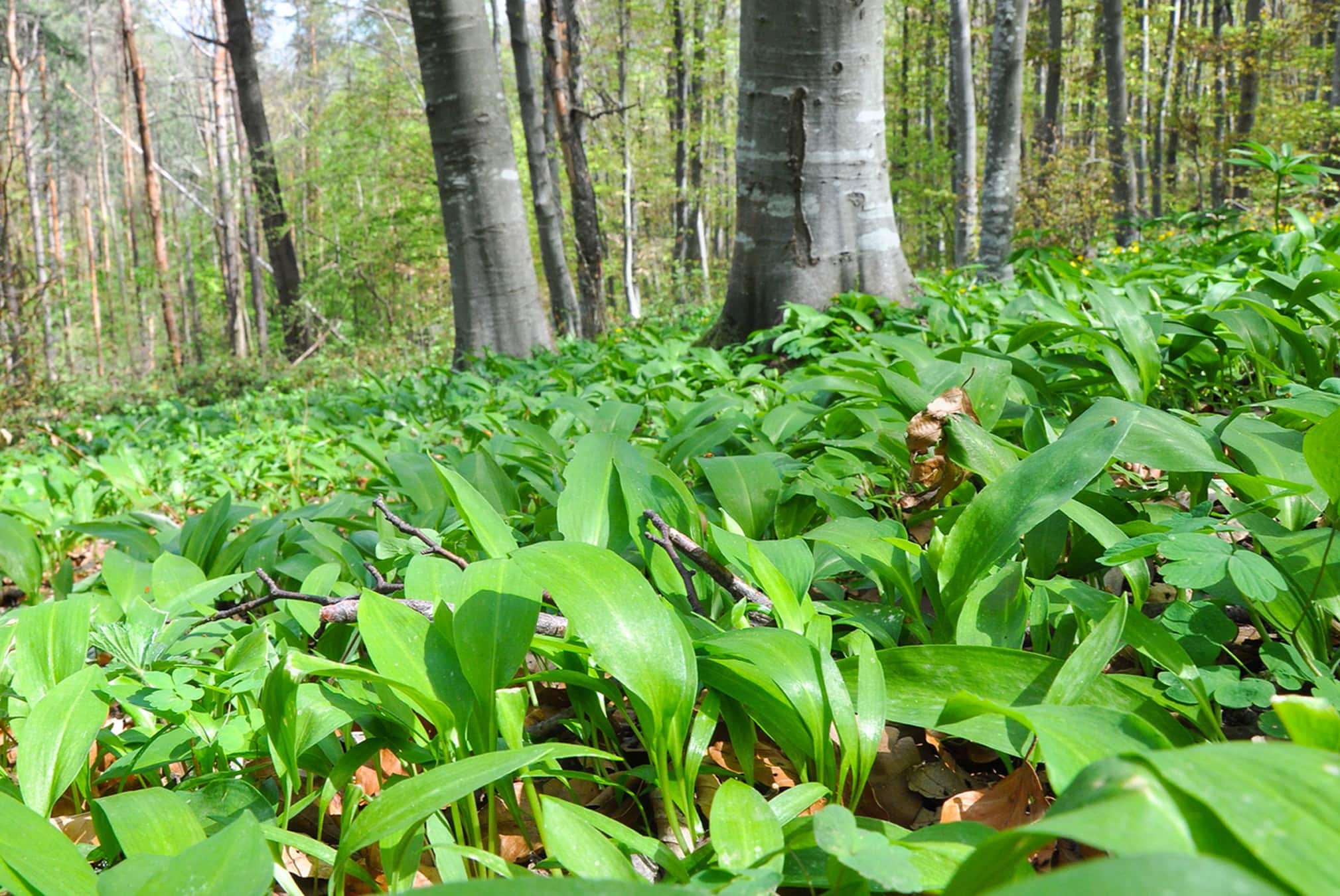
Wild leeks, also known as ramps, are fascinating plants with a rich history and unique characteristics. Found in North American forests, these wild edibles have been cherished by indigenous peoples and foragers alike. But what makes wild leeks so special? Their distinct flavor—a mix of garlic and onion—sets them apart from other greens. They also boast impressive nutritional benefits, packed with vitamins A and C. Foraging for wild leeks can be an exciting adventure, but it's crucial to harvest them sustainably to ensure they thrive for future generations. Ready to learn more? Here are 15 intriguing facts about wild leeks that will deepen your appreciation for this remarkable plant.
Key Takeaways:
- Wild leeks, also known as ramps, are a flavorful type of wild onion native to North America. They are rich in vitamins A and C, and can be used in various dishes to add a unique taste.
- Foraging for wild leeks can be a fun and rewarding experience, but it's important to do so sustainably. Harvest them in early spring, and remember to only take one leaf per plant to allow for regrowth.
What Are Wild Leeks?
Wild leeks, also known as ramps, are a type of wild onion native to North America. They have a strong flavor that combines the taste of garlic and onions. These plants are highly prized by chefs and foragers alike.
-
Wild leeks are part of the Allium family, which includes onions, garlic, and chives.
-
They grow in deciduous forests, often found in moist, shaded areas.
-
The plant has broad, green leaves and a small white bulb.
Nutritional Benefits of Wild Leeks
Wild leeks are not only delicious but also packed with nutrients. They offer several health benefits that make them a great addition to any diet.
-
Wild leeks are rich in vitamins A and C, which are essential for immune function and skin health.
-
They contain high levels of antioxidants, which help protect cells from damage.
-
The plant is a good source of dietary fiber, aiding in digestion.
Culinary Uses of Wild Leeks
These versatile plants can be used in various dishes, adding a unique flavor to your meals. From soups to salads, wild leeks can enhance many recipes.
-
Wild leeks can be eaten raw in salads, providing a fresh, pungent taste.
-
They can be sautéed or grilled, bringing out a sweeter, milder flavor.
-
The leaves and bulbs can be used to make pesto, adding a garlicky twist to the classic sauce.
Harvesting Wild Leeks
Foraging for wild leeks can be a rewarding experience, but it’s important to do so sustainably to ensure their continued growth.
-
Wild leeks are typically harvested in early spring, before the leaves fully mature.
-
It’s best to take only one leaf per plant, leaving the bulb and roots intact to allow for regrowth.
-
Overharvesting can lead to a decline in wild leek populations, so it’s crucial to forage responsibly.
Historical and Cultural Significance
Wild leeks have a rich history and cultural importance, particularly among indigenous communities and early settlers.
-
Native American tribes used wild leeks for both culinary and medicinal purposes.
-
Early European settlers in North America adopted the use of wild leeks in their cooking.
-
In some regions, wild leeks are celebrated with festivals and events, highlighting their cultural significance.
The Final Word on Wild Leeks
Wild leeks, also known as ramps, are fascinating plants with a rich history and unique characteristics. These perennial herbs thrive in North American forests, offering a burst of garlicky-onion flavor that makes them a favorite among chefs and foragers. Packed with vitamins A and C, wild leeks are not just tasty but also nutritious. Their short growing season in early spring makes them a sought-after delicacy. However, overharvesting poses a threat to their populations, so sustainable foraging practices are crucial. Whether you're a seasoned forager or a curious foodie, understanding the importance of wild leeks can enhance your appreciation for these remarkable plants. Next time you spot ramps at a farmers' market or in the wild, you'll know just how special they are. Happy foraging!
Frequently Asked Questions
Was this page helpful?
Our commitment to delivering trustworthy and engaging content is at the heart of what we do. Each fact on our site is contributed by real users like you, bringing a wealth of diverse insights and information. To ensure the highest standards of accuracy and reliability, our dedicated editors meticulously review each submission. This process guarantees that the facts we share are not only fascinating but also credible. Trust in our commitment to quality and authenticity as you explore and learn with us.


